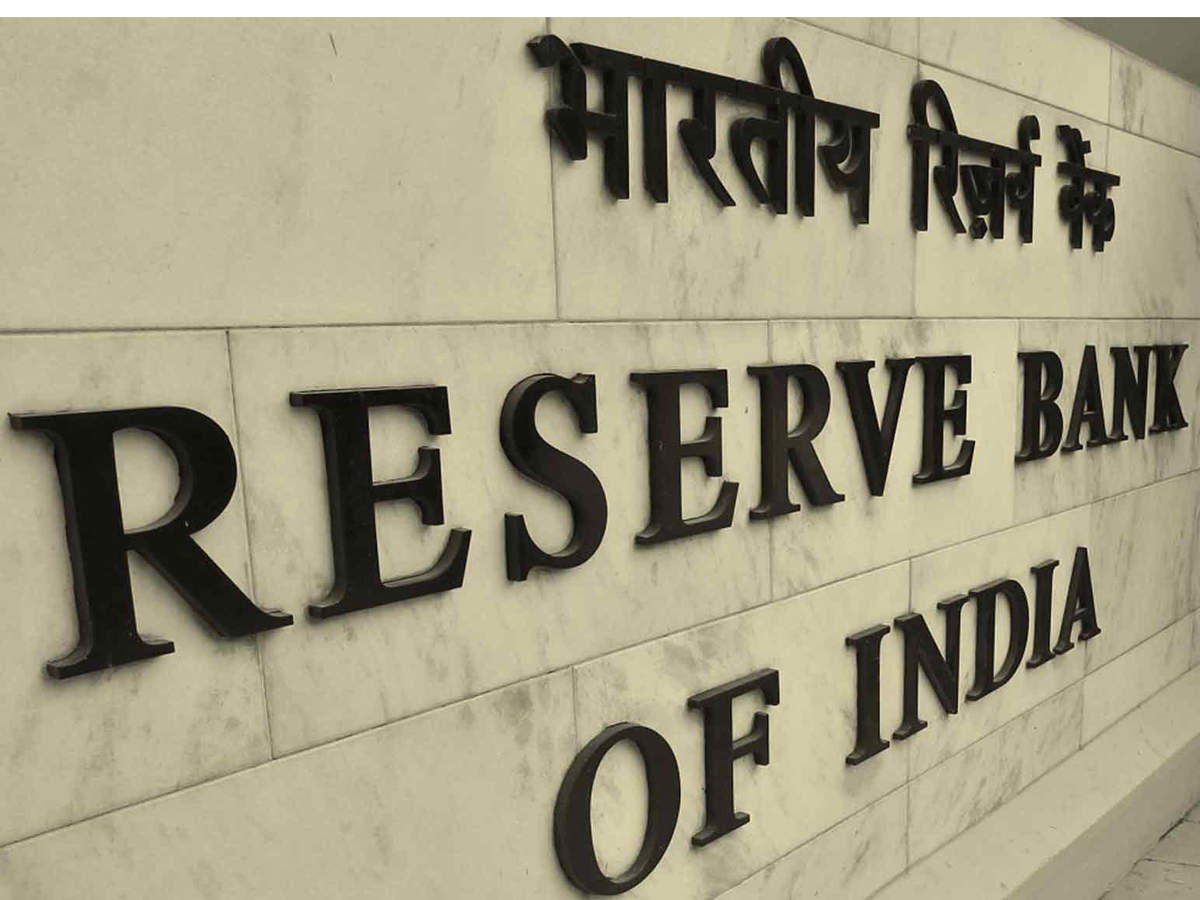INSUBCONTINENT EXCLUSIVE:
The cash reserve ratio (CRR) concept came into the RBI Act of 1934 and has remained since then
This reserve ratio was to be maintained by banks to ensure the solvency of the system
In case a bank failed, then there would be cash reserves available to make payments before help could arrive
Given the evolution of the system and the safeguards introduced over the years, has the CRR lost its relevance
A global comparison is always
compelling though it should be pointed out that there are always cases where the CRR exists and does not depending on whether or not
countries follow a fractional reserve system
Even in terms of level, one can always argue for different numbers depending on the country and its banking system.
India had a CRR of 15
per cent at one time and, at the present rate of 4 per cent, looks modest
The US has it at 3 per cent, while Argentina 44 per cent
For China, it is 14.5 per cent and 1 per cent for EU and 8 per cent in Turkey
Japan does not find it relevant given the well-developed money market
Therefore, there is nothing right or wrong about having or not having a CRR
There is, however, room for debate on whether we need to have CRR or not in India given that we have travelled quite a distance.
The banking
system has evolved a lot over the years with various levels of regulation coming in making it more resilient
We have SLR, which is quite high at 19.5 per cent
This is deployment of bank funds in government securities, which are 100 per cent safe and earn a return which is lower than lending but
There are Basel III standards too, which puts a check on the solvency of banks
With RBI being even more aggressive than BIS in the implementation of the agenda, the banking system, notwithstanding all the problems that
are being confronted like NPAs and capital shortage, is not lacking in solvency.
Anecdotally, no Indian bank has failed and deposit holders
suffered as the RBI has been quick to act and ensure that the stakeholders have been protected
If we can extrapolate the same to the future, we can confidently say that there will not be such a failure and even if there is an extreme
situation, the 4 per cent will not matter especially so if the holdings of 19.5 per cent in GSecs turn out to be insufficient
This means a strong case for dispensing with CRR.
Now why is CRR irksome Banks have to put 4 per cent of their NDTL in idle cash
With NDTL being close to Rs 127 lakh crore, around Rs 5 lakh crore is set aside in cash
Banks pay at least 4 per cent as interest on these deposits, which has a direct cost of Rs 20,000 crore
The same could have earned at least the GSecs rate of say 7-7.5 per cent and, hence, there is a lost opportunity cost of another 3-3.5 per
While banks are allowed to factor this cost when calculating their base rates and MCLRs, the fact remains that idle funds do not make sense
when liquidity conditions tend to be volatile due to various factors, which has now become part of financial life.
In recent times, the repo
window and OMO are being used to inject liquidity rather than CRR cuts
The repo rate has now become the major tool used for monetary policy and the CRR is rarely used
Instead, OMOs have been preferred to inject liquidity or withdraw the same
At another level, the RBI is using OMOs regularly to fine tune liquidity, which is similar to cutting CRR except that there is exchange of
government securities held by banks
A CRR cut is more general and benefits all banks unlike OMO, where only those holding the security which is being bought by the RBI can
participate.
Therefore, there can be a strong argument for doing away with the CRR and giving more flexibility to banks which have already
adhered to the SLR and LCR commitments
They are already encumbered with priority sector lending which is just expanding in scope
Alternatively, if one wants to keep this reserve, then we should think of clubbing it with SLR just like how a part of the LCR can be carved
This will help in keeping it simple.

